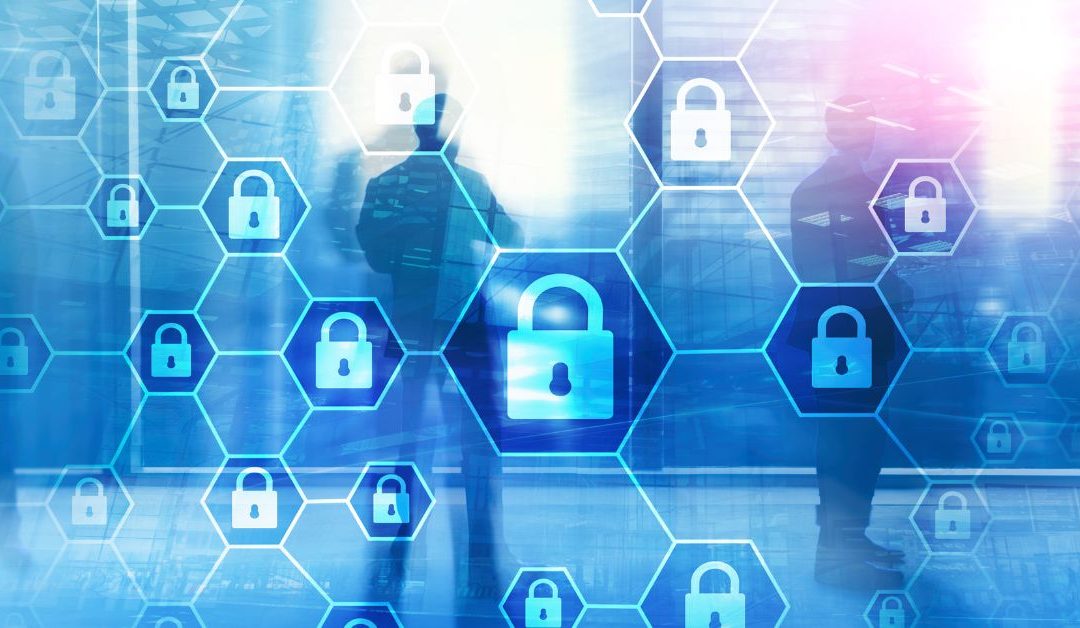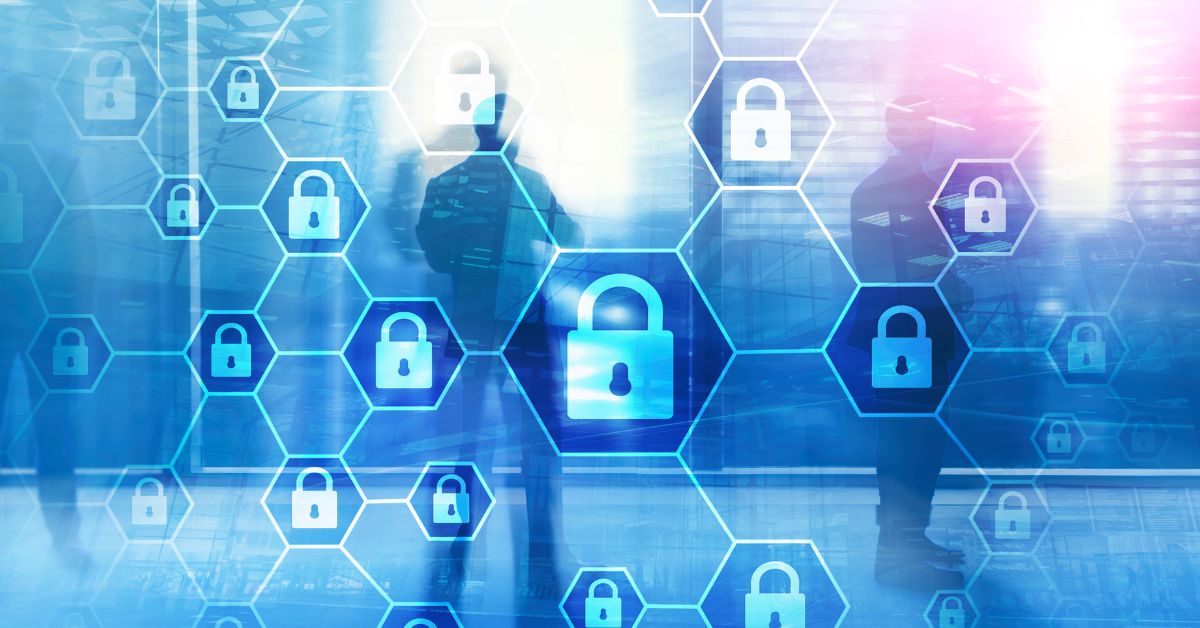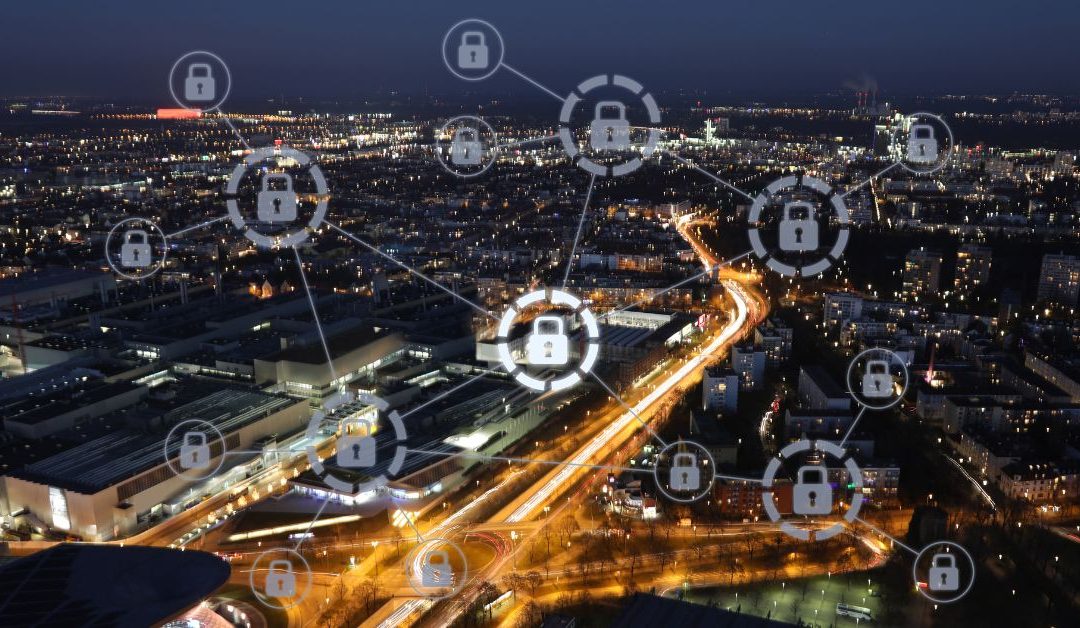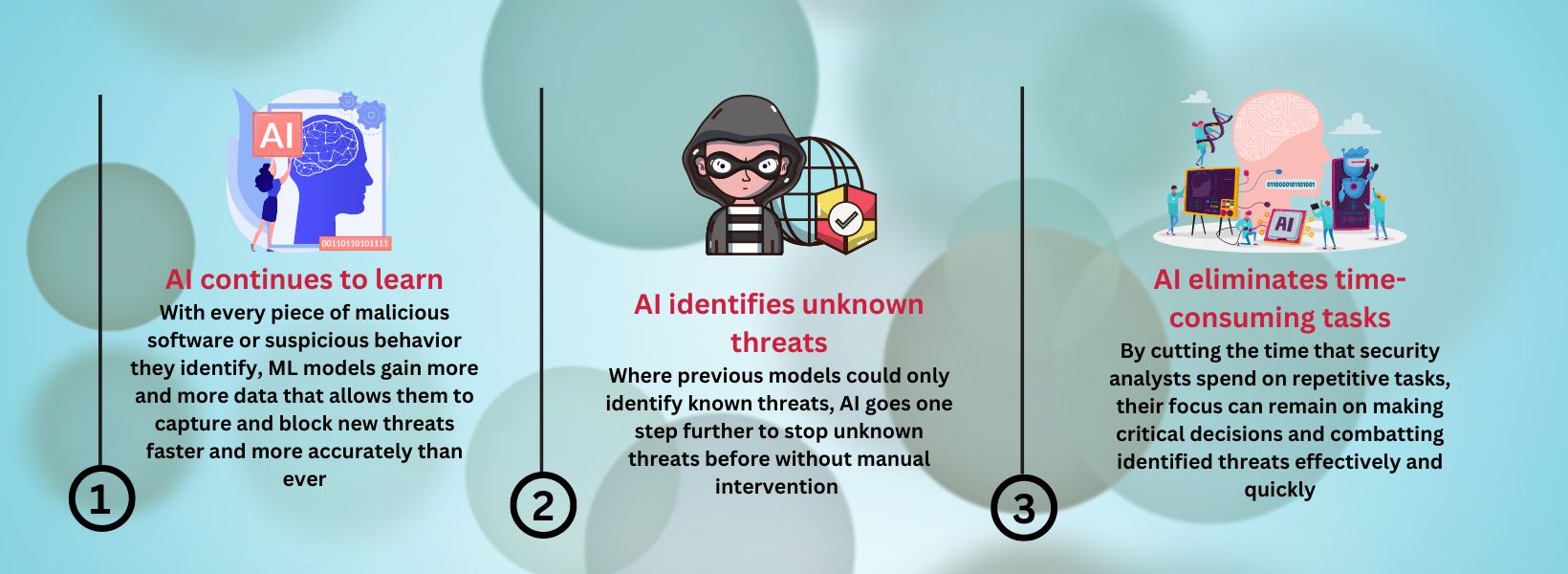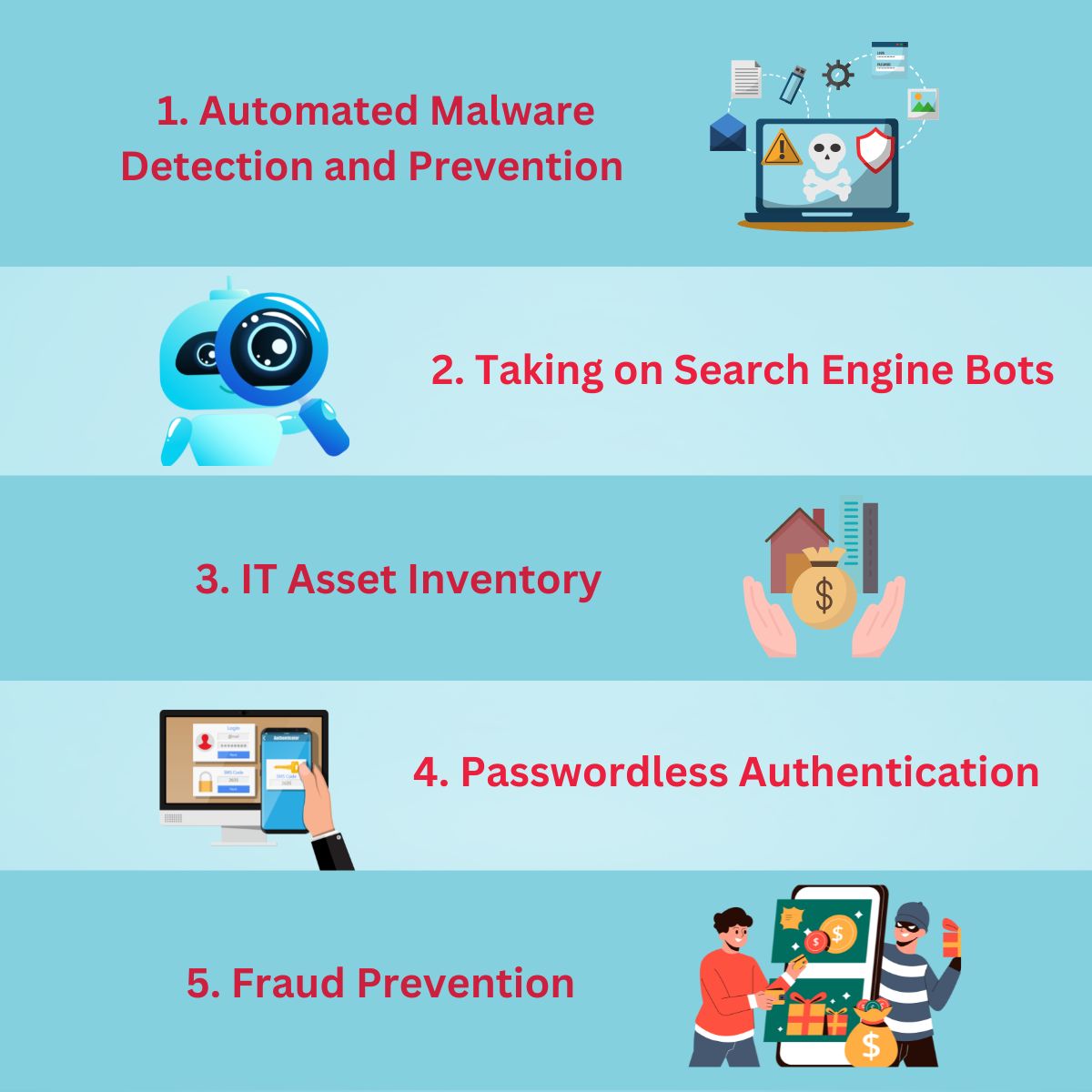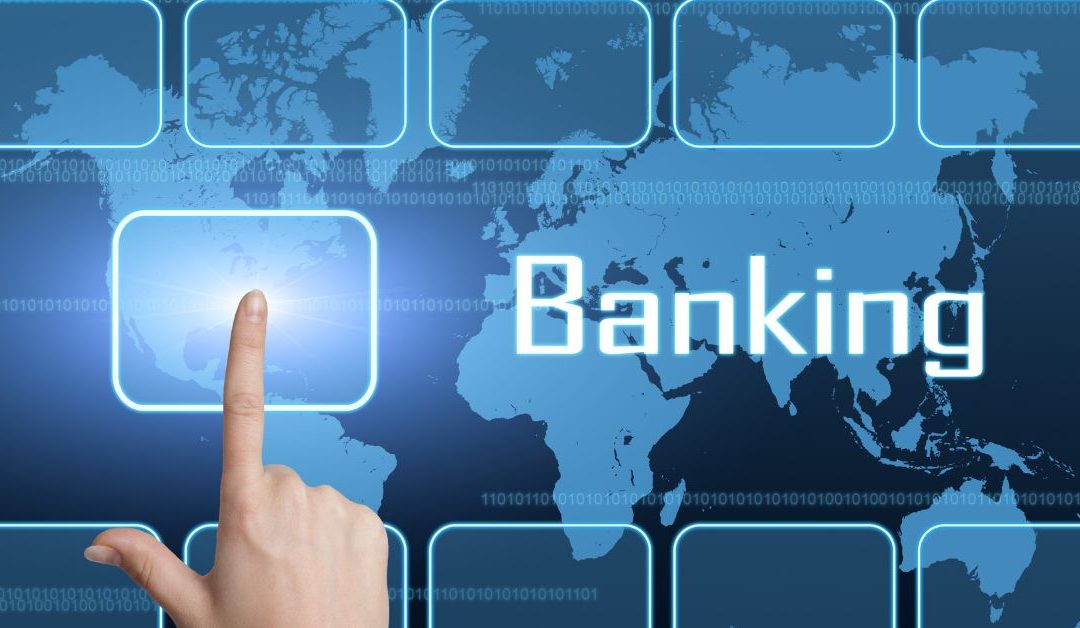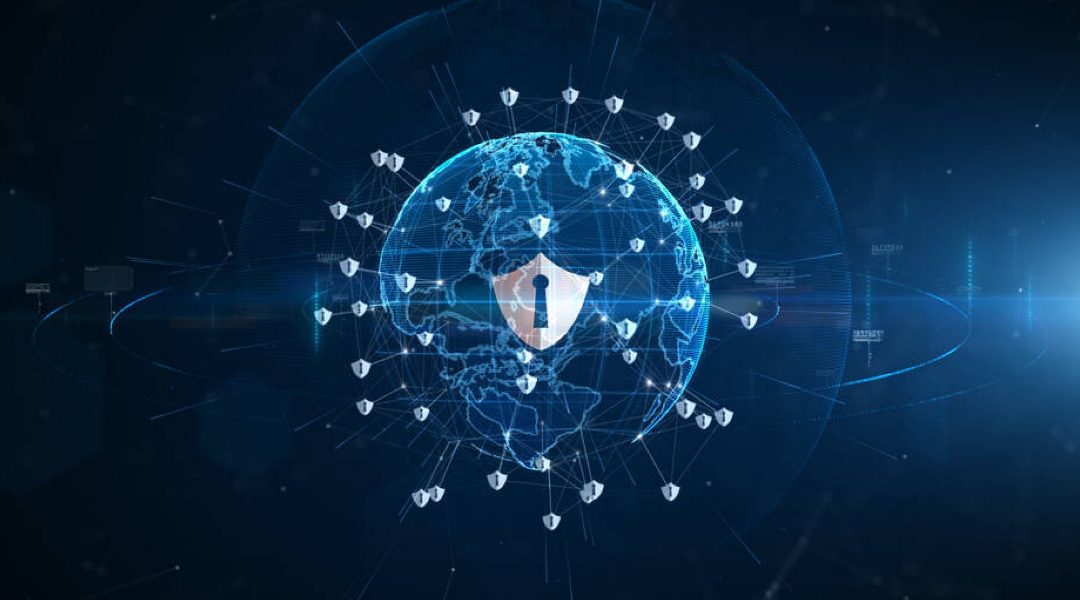
Cybersecurity Ecosystem: 12 Cyber Essential Communities
by Madhu Reddiboina | Dec 2, 2022 | IAM
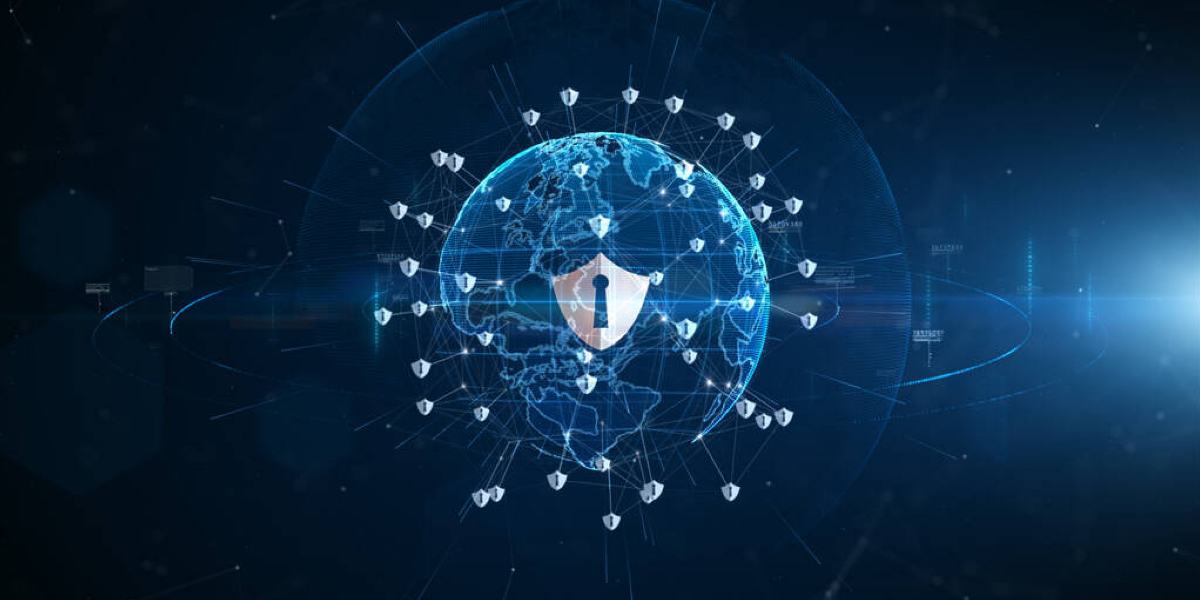
Cyber Communities: Who Makes up the Cybersecurity Ecosystem?
As technology continues growing exponentially, and threats become more complex, so does the requirement for specialized teams, expertise, and dedicated communities to fend off cyber criminals.
That’s why sub-communities of cybersecurity have emerged over the years to tackle specific challenges:
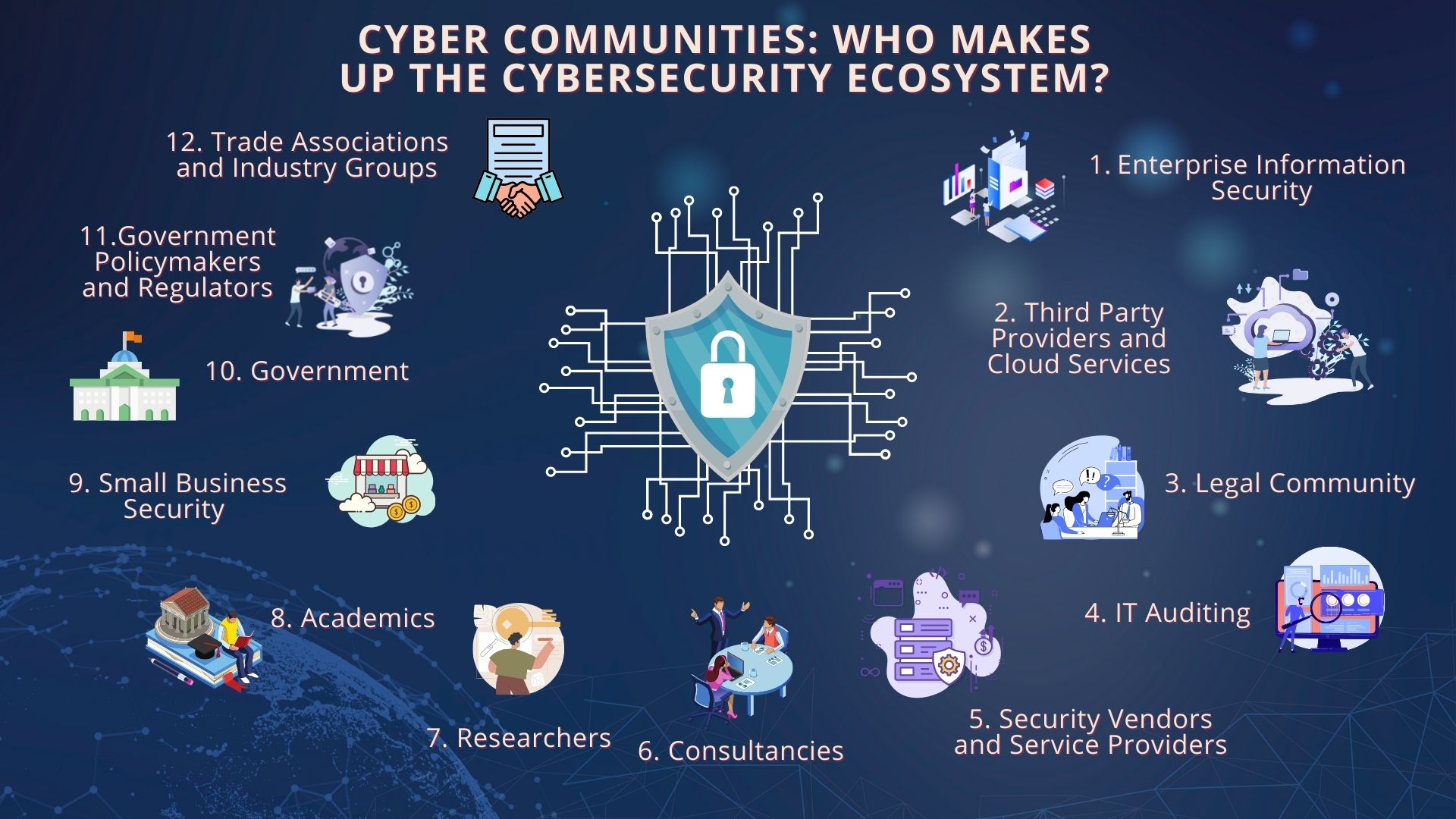
1. Enterprise Information Security: Managing Cyber Threats In-House
The enterprise information security community is part of an enterprise’s architecture that focuses on cybersecurity. Its purpose is to ensure that business strategy and cybersecurity are aligned.
This community is arguably the largest, which is no surprise considering the challenges enterprises face. For example, Google discovers 40 billion spammy pages a day, often containing malicious malware.
The community operates not only within global corporations but medium-sized enterprises as well, with an expansive assortment of skills and expertise throughout the community that allows enterprises to largely manage their cybersecurity strategy in-house.
2. 3rd Party Providers and Cloud Services: Making Built-In Security the Priority
There is often an overlap between this community and the enterprise community.
Some 3rd party providers have emerged as enterprises themselves, while also plugging the gap when their clients don’t have the in-house expertise or infrastructure to support their whole strategy.
The distinction is that these communities have cyber teams that work on two areas of cybersecurity:
- In-house enterprise teams are tasked with defending their own company from cyber threats
- 3rd party providers offer security built-in, as opposed to bolted-on, to the products or services they offer
3. Legal Community: Risk Management for Highly Regulated Sectors
Risk management is particularly crucial in highly regulated industries, which has opened an opportunity in the market for independent risk management professionals.
This subset of the cybersecurity community is often made up of IT risk and security professionals providing independent services, or those from a legal and compliance background specializing in cybersecurity.
4. IT Auditing: Ensuring Compliance & Protecting IT Assets
IT Auditors are responsible for examining and evaluating an organization’s IT infrastructure by reviewing:
- Applications
- Data use and management
- Policies
- Procedures and operational processes
Their essential role ensures compliance against recognized standards and established policies. Although IT auditing has been well established for some time, the evolution of this role has had to further incorporate and recognize the importance of cybersecurity as it becomes increasingly important.
Not only that, IT auditors determine whether a company is maintaining data integrity and aligning its IT strategy with the wider goals of the business.
5. Security Vendors and Service Providers
Security vendors and service providers are the community within cybersecurity that specializes in developing tools and software that are licensed out to other companies.
There’s increasing overlap between these service providers and the 3rd party cloud services we’ve already discussed, as those cloud providers further integrate the highest security measures into their products and services as standard practice.
6. Consultancies: Augmenting Your In-House Expertise
Cybersecurity consultancies come in a variety of sizes, from fully-fledged consultancy companies to individual consultants.
The role of a consultant is to identify problems or potential security risks and weaknesses in existing systems, evaluate these risks by severity, and partner with their clients to implement their most favorable solutions.
Consultancies bridge the gap between available in-house expertise and the expertise required to maintain defenses against ever-growing cyber threats in evermore complex systems.
That’s why at RediMinds, we partner with our clients to identify their threats and implement the right identity and access management solutions to meet their needs with confidence, so they can continue to serve their customers and scale.
Read more about RediMinds Identity and Access Management Solutions.
7. Researchers: Finding Weaknesses Before Hackers Can Exploit Them
Researchers in the cybersecurity space are often referred to as hackers, ethical hackers or the red team.
The role of hackers is to improve security by conducting fraud red testing to play the role of an attacker. The goal is to locate any vulnerabilities in their clients’ systems that hackers could exploit. This information is then used to strengthen the weaknesses found, starting with the highest priority.
Large corporations often have their own in-house red team, like Google, or hire external teams, like RediMinds, to take on their systems and report back on their vulnerabilities.
8. Academics: Paving the Way in Cybersecurity Research
With more advancements and awareness of artificial intelligence and cybersecurity comes more interest and funding to push even more advancements forward.
Universities, labs, and other facilities that focus on the research side of cybersecurity are becoming more and more prominent with the extra funding, sponsorships, and programs being available.
9. Small Business Security: A Different Playing Field to the Enterprise Landscape
Cybersecurity for small businesses is its own community simply due to the huge difference in resources and depth of skills and knowledge compared with big enterprise companies and specialized consultancies.
This community is often made up of part-time IT workers or in some cases the owner or CEO themselves, acting as a one-man band.
This cybersecurity community often relies on 3rd party solutions with security built into their products and implements these for their small business clients.
10. Government: Protecting Public Security
At both a national and local level, cybersecurity in the public sector ranges across every area of government from IT to the military and intelligence services.
This community is similar to the enterprise community in that they’re working to protect a large body – except that body is the government and public sector organizations.
This community is highly regulated by standards and strict regulations that they have to follow, with few outside-the-box tactics that may be open to professionals in the private sector. Obviously, the microscope under which this community operates drives a vastly different culture from others within the cyber community.
11. Government Policymakers and Regulators
Policies and regulations surrounding exponential technologies are often playing catch up due to the immense speed of technology growth that we have witnessed in the past few decades.
This aspect of the cyber community is dedicated to that race of making policy decisions surrounding security and cybersecurity based on the latest technologies.
12. Trade Associations and Industry Groups
This community is closely aligned with other sub-communities like enterprise information security.
However, with the rise of groups such as ISAs, ISAOs, and Security 50 they are emerging more and more as their own sub-community of cybersecurity.
Where to Next: The Future of Cybersecurity
Cyber communities are forming and evolving across the board, committed to protecting everyone from small businesses to multinational enterprises, private organizations to government entities, and the military.
The growth in these communities makes one thing abundantly clear: cybersecurity will continue to be a topic at the forefront of the minds of every leadership team and governing body.
For our take on what’s next in cybersecurity, check out our article on the Future of Cybersecurity.

